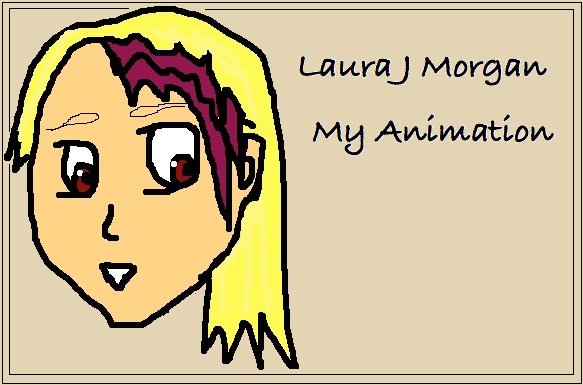I thought it would more interesting to experiment with two different types of balls and try to animate different weights. I also thought that it would be quite fun to use a sea-saw / catapult in my animation.
I chose to use a bowling ball as the heavy ball and sticky rubber ball as the light ball.
I used a ruler as a catapult to fling rubbers to show roughly where the initial arc of the small ball would bounce to. Once I had an idea of what arcs the balls would make I created a story board.
Before I started to animate I drew the line of travel for the ball in dark pen that would show through the animation paper to make sure that I followed the right arcs through the whole animation.
I also made a reference to the "the Animators Survival Kit" about ball bounces and looked at how the shape of balls change and how fast the go from one bounce to the other. (Images below from task notes).
This diagram has helped me to understand basic ball bounce, showing the squash and stretch of an average ball and the timing and spacing of the individual balls. As you can see for this ball it stretches when it is falling quickly and just as it starts to bounce (more if the impact is greater .. i.e it stretches more coming out of the first bounce than it does on the second). You can also see the squash of the ball is greater on the first bounce, giving the illusion that the impact is bigger on this bounce and getting less and less for the others until it eventually will stop. This is basic science as each bounce will absorb some of the energy as it hits the ground and therefore the bounce will have less potential energy for the next, therefore each bounce will be less and less and the gravitation effect on the ball will still the ball after a while.
The timing and spacing is also important. the diagram shows a lot of balls together at the top of a bounce, this is called hang time, the ball will slow down as it changes direction and speed up again when it its falling. Therefore more frames of the ball at the top of the arc will slow the animation down and create hang time.
This is the line test for my final animation. I wanted to make sure i had the arcs right before i made the final animation.
For this animation. I first concentrated on the bowling ball. This was because I wanted to make both balls realistic and thought if i worked on one first and then went back and did the other I wouldn't get distracted by either one and make little mistakes. Firstly bowling balls are heavy, so I thought, "Ok, so it's going to fall fast" therefore I spaced the bowling ball far away each time". Also it's heavy and hard, so it's not going to squash or stretch on impact, furthermore, the ball will bounce, thought not much only slightly and will come to rest very quickly.
To keep the volume of my ball I used the large circle as a template and drew around this to make sure that the shape and size of the ball wouldn't change, when the ball came to rest I traced it from the previous animation paper.
My second ball was completely different altogether, for one thing it was very light and sticky, so would easily squash. I also used a template for this ... however this doesn't appear much, mostly when the little ball was stationary, this was because the ball squashed and stretched a lot when it was bouncing.
To make sure that the little ball was following a steady arc, I made a template to begin with where i thickly marked the direction of the ball and its background and put this behind the previous frame and the frame I was drawing, when animating the little ball, that way I was able to see the previous frame and the line of action.




No comments:
Post a Comment